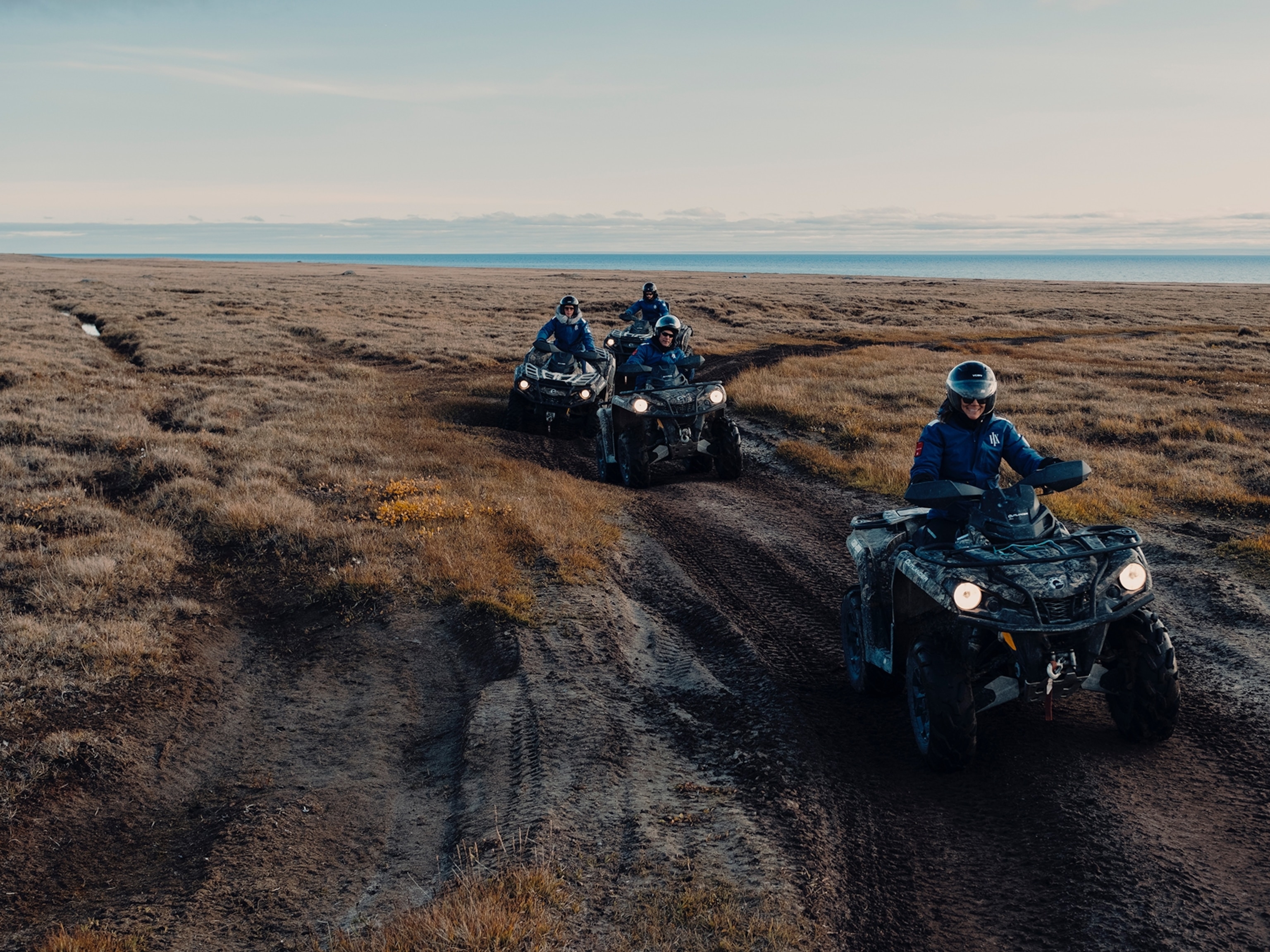Why Conservation Tourism Matters
First, they fell in love with each other—then with the fauna of Africa.
National Geographic explorers-in-residence Dereck and Beverly Joubert have spent the past three decades captivating audiences with their rare footage and photographs of big cats.
Now, they’re taking aim at a different kind of challenge: conservation tourism. By occupying land that might otherwise be poaching grounds, the husband-and-wife team’s Great Plains Conservation safari camps in Botswana and Kenya give lions, leopards, elephants, and other wildlife a chance at survival. At least for now.
Here’s a look at what motivates these wildlife heroes, and what they’re planning next:
Q: Why conservation?
A: Our connection to Africa travels beyond tourism, beyond the photography we make. We cannot be at peace if we let species go extinct. Ultimately, conservation is about securing land.
How can tourism help?
One conversation can lead to a massive change.
A year ago, we sat across the table from a Chinese guest. He asked us to describe the problem with African wildlife in a sentence. Our answer: “We use, abuse, shoot, and eat wildlife.”
“Who are the culprits?” he asked. “Mostly the Chinese,” we said.
After debating this topic, we have formed a lasting friendship and a commitment to make a film together for the Chinese market. He’s also funding a feature film, starring Christian Slater, about rhino horn laundering in China.
What’s next?
This year we will move 100 rhinos from the highest poaching zone (South Africa) to the lowest (Botswana) while also distributing DNA—diversifying our rhinos’ asset portfolio, so to speak.
- National Geographic Expeditions
The initiative, called Rhinos Without Borders, is the largest move of rhinos in history. And we will keep going.
Can you imagine an Africa without animals?
Landscapes are simply space unless they are filled with life.
Extinctions are the beginning of the end—missing pieces in a mosaic that erode us, and the land itself.
Katie Knorovsky (on Twitter @TravKatieK) is an editor at large at National Geographic Traveler. This piece first appeared in the magazine’s April 2015 issue.







